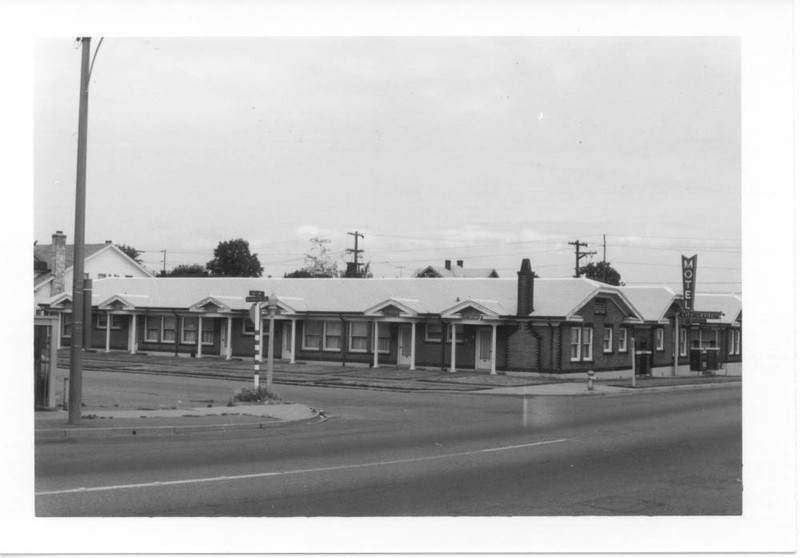1521 Sixth Avenue (1927)
Introduction
Text-to-speech Audio
At the corner of Sixth Avenue and South Ainsworth, turn north
A number of buildings typically of the early 20th century design aesthetic included built-in ice boxes, medicine cabinets, ironing boards, cupboards and linen closets. The Bungalow Courts, were built in the year 1927 and they were designed to serve as seventeen apartments.
Images
1521 Sixth Avenue

Backstory and Context
Text-to-speech Audio
Ainsworth Avenue was originally platted as "P" Street. In 1893 the street's name was changed to Ainsworth to honor Captain John C. Ainsworth, who was an early Tacoma developer and an early West Coast pioneer. Originally from Ohio, Ainsworth became a Mississippi River boat captain and sailed between St. Louis and points on the upper river. The discovery of gold in California led Ainsworth west, and he arrived in Oregon by 1850. While Ainsworth spent a considerable amount of time in Oregon, he was a major investor in Tacoma real estate and helped facilitate the Northern Pacific railroad's construction between Columbia River and Puget Sound. Ainsworth maintained a home in Lakewood
The Bungalow Courts, built in 1927, were established to serve as seventeen apartments. Each consisted of three rooms and had a breakfast nook. Interior trim was hardwood with hardwood floors. Kitchens and bathrooms had terrazzo flooring. Four of the units had wall-beds, designed to fold up into the walls that were constructed by Peter C. Creso, a prominent builder in the city of Tacoma. A native of Alsace-Lorraine, he moved to Tacoma in 1889.
The Bungalow Courts were later used as motel rooms under the name of City Center Motel. In 1983 the Salvation Army renovated the structures to provide emergency assistance for homeless families.
Sources
A Walking Tour of the Wedge District. Tacoma, Wa. Historic Tacoma Press, 2009.
Tacoma Public Library, BU-3392
